Today is Valentine’s Day but I’m not writing about that. However, I am writing about one of my great true loves…Trove.
You may have heard the news that the National Library of Australia’s (NLA) website Trove lacks funding beyond July 2023. Without the required funds, services will reduce, and at worse, Trove will cease. That news means different things to different people. This is what it means to me and those who enjoy the history of the Western District.

Trove launched in December 2009 and immediately opened the doors to new information not just for historians, but for all Australians. And it was, and remains, free to use.
Historic newspapers, just one feature of the site, saw my family history research of seventeen years suddenly take new directions. Newspapers were already available, but for the broad range of titles Trove offers, it meant hours in a state library trawling through microfilm, never to reveal the level of information one can find at Trove.
Western District Families (WDF) began in April 2011 to share newfound information about my family, along with interesting stories from the Western District’s past, barely read since the time they were printed. Since then, I’ve not only written about Western District families, but also about events in history they experienced, such as bushfires, floods, and earthquakes.
In 2012, a fellow geneablogger, Amy Houston, came up with the blogging prompt ‘Trove Tuesday’, suggesting each Tuesday, geneabloggers share their findings from Trove. Quickly embraced, geneabloggers still publish ‘Trove Tuesday’ posts today. This is my 107th Trove Tuesday post. At one stage, I wrote a TT post for eighty-one consecutive weeks.
I started Passing of the Pioneers in 2012 which led to the addition of the WDF Obituary Index to this site. Today the index has the names of around 1000 Western District people who had an obituary in historic newspapers at Trove. It is still a work in progress and is not possible without Trove.
In 2014, Inside History magazine, with the NLA, ran a poll to select a newspaper from six candidates to be digitsed for inclusion at Trove. The Hamilton Spectator was among them. Past and present Hamiltonians from as far away as Texas and The Hague, who were members of the ‘I’ve Lived in Hamilton‘ Facebook group, got behind the poll. Through the group, they’d seen the value of the already digitised Specs from 1914 to 1918, for learning about the town’s past.
The Hamilton Spectator won. Next was a Pozible campaign run by Inside History to fund the digitisation. Again, Hamiltonians stepped up with the $10,000 goal quickly met. The result was Spec-tacular.
I’ve written about my love for Trove and its benefits many times. For example:
Trove Tuesday was my first Trove Tuesday post and included the discovery my grandfather appeared as a witness in a murder trial, something his sons never knew.
I wrote One Stop Shop before I found the names of Hamilton men memorialized in a now-lost avenue of honour, Anzac Avenue. Hamilton’s WW1 grew from that with the stories of 160 Hamilton WW1 volunteers, and more to come. Having access to the Hamilton Spectator gives each story a heart. Letters written from the front and published in the paper are invaluable, plus the everyday happenings in Hamilton provide an insight into the feeling of the town during that time.
Written at the time of the Trove upgrade in 2016, Troveitis ends with a postscript with news of funding cuts to the NLA, the beginning of what could be the end.
The Western District Families Facebook page with over 11,000 followers is primarily about photos found at Trove. Even the smallest of clues can draw a story out of a photo. Trove newspapers are vital for turning those clues into something more. The story of Daystar and his owner John Ross, below, is an example.

In 2015, the State Library of Victoria approached me to digitise Western District Families for the NLA’s digital archive. It’s updated annually to include my most recent posts. If my site were to end tomorrow, I should feel reassured the 458 posts and 205 pages, rich with Western District history, will remain in perpetuity for others to learn from and enjoy. If I tell others my site is in the archives “forever”, I add, “…or until the funding runs out.” That’s not my dry humour. It’s the unfortunate truth.
If you would like to know more about Trove’s future, follow the link to the Genealogical Society of Victoria blog, or The Guardian from 6 January 2023.
There are currently several parliamentary petitions set up to support Trove by calling for the full funding of the NLA. The link below will take you to one of those petitions. It closes on 22 February 2023, so please consider signing before then. You may not use Trove yourself, but if you enjoy Western District Families, it’s all thanks to Trove. Please show your support.










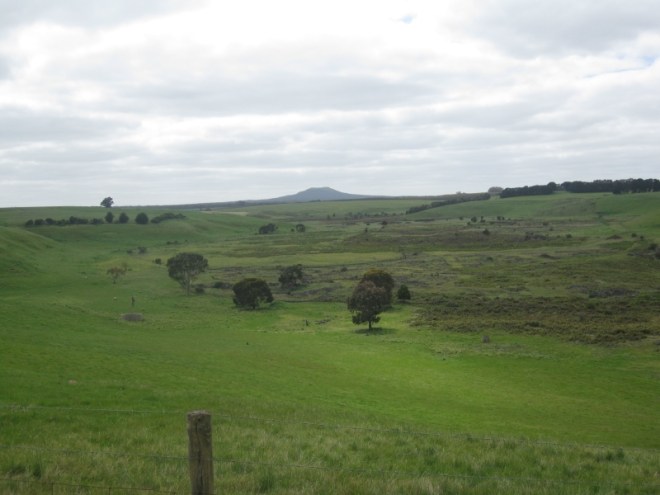


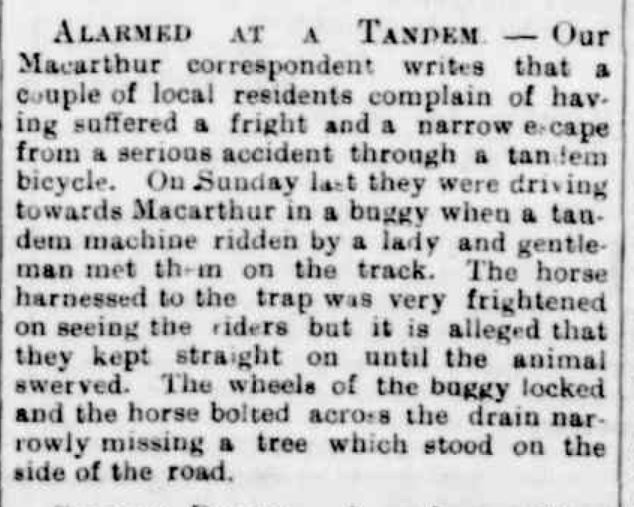






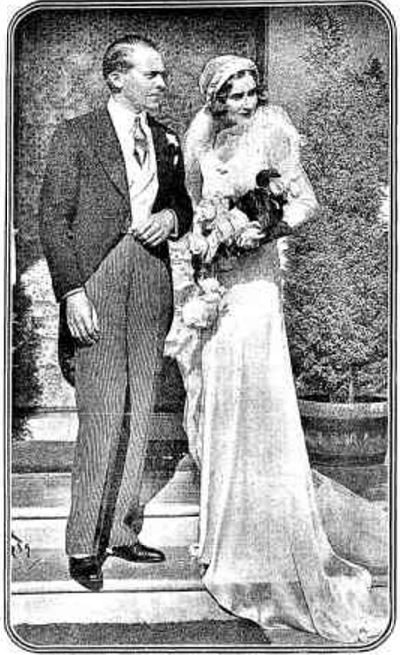

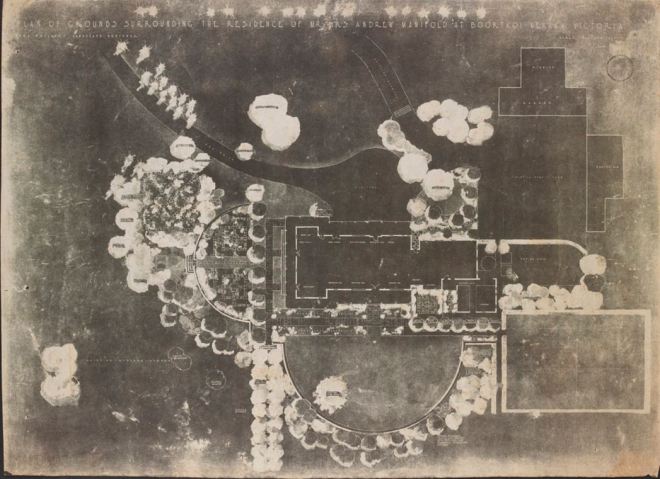


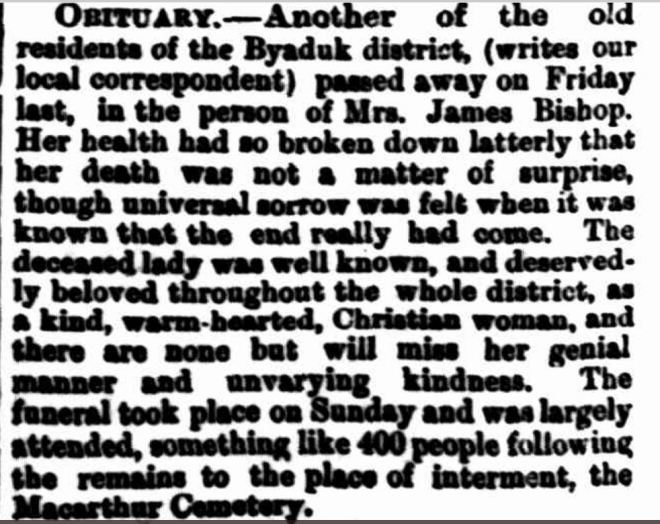



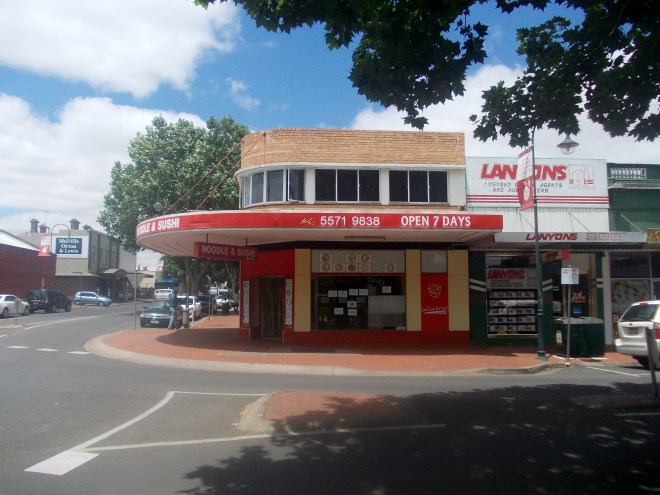

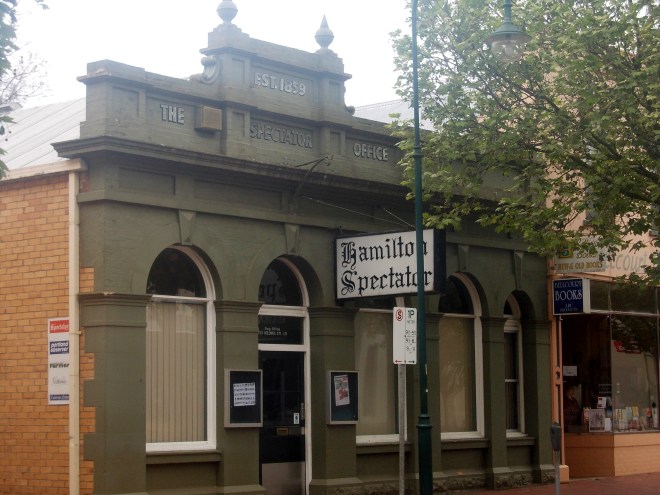
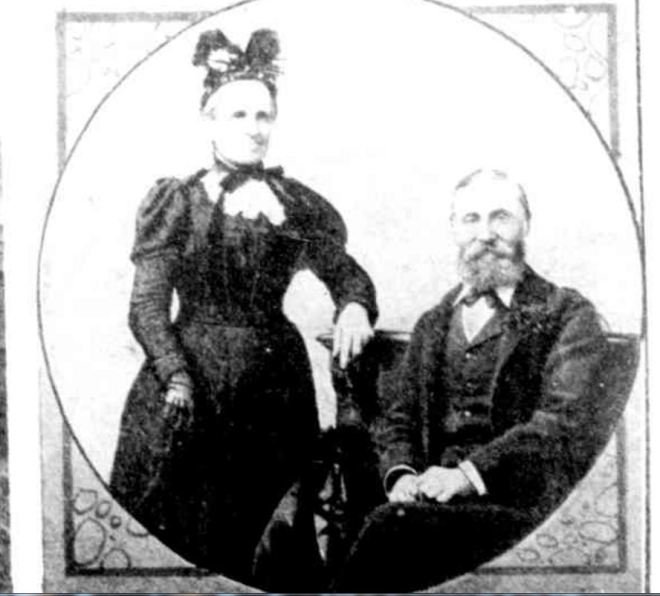



You must be logged in to post a comment.